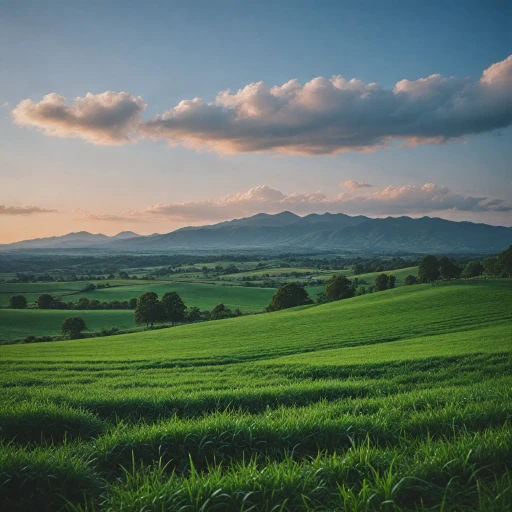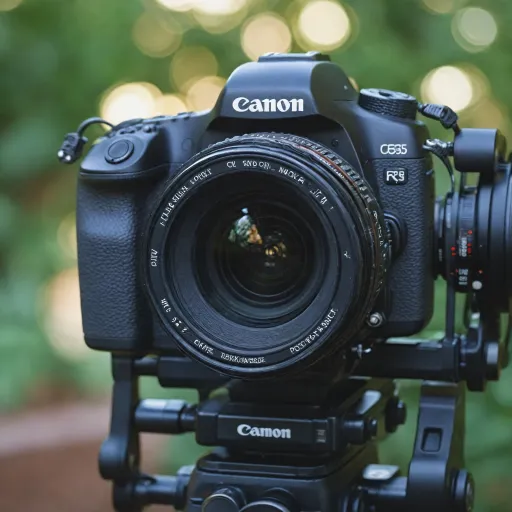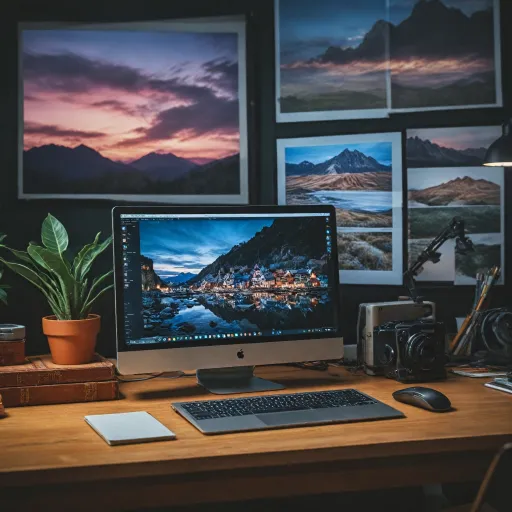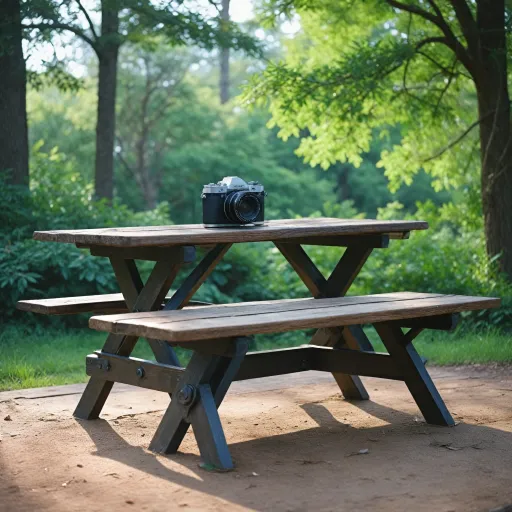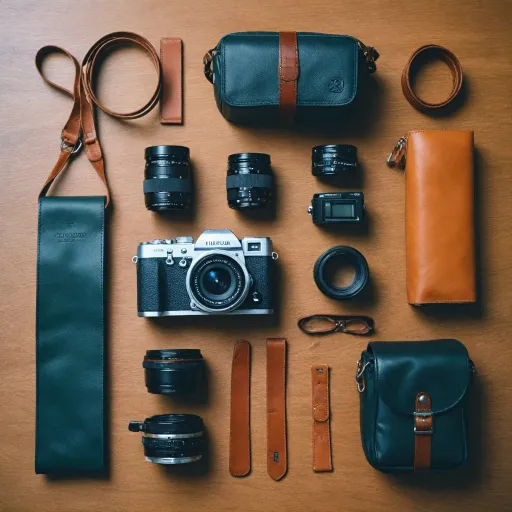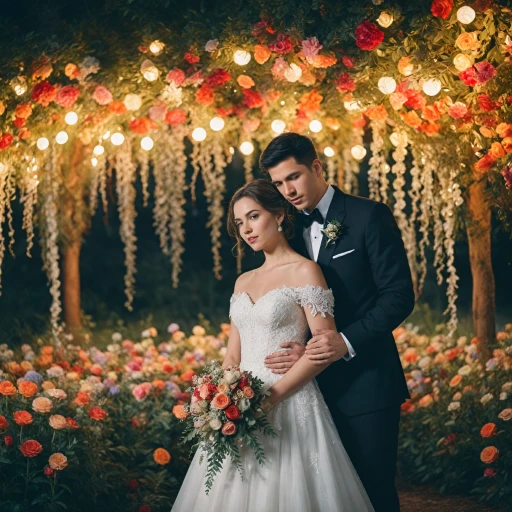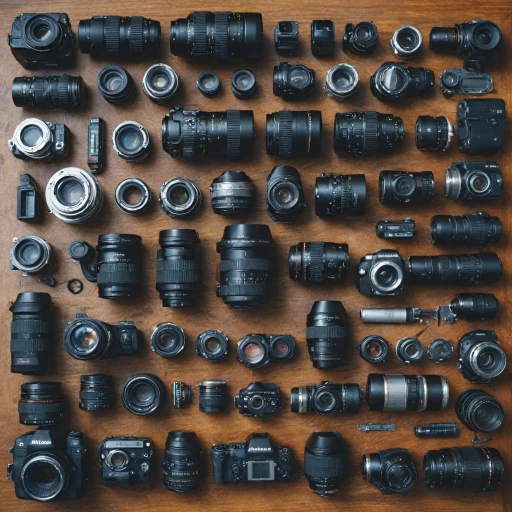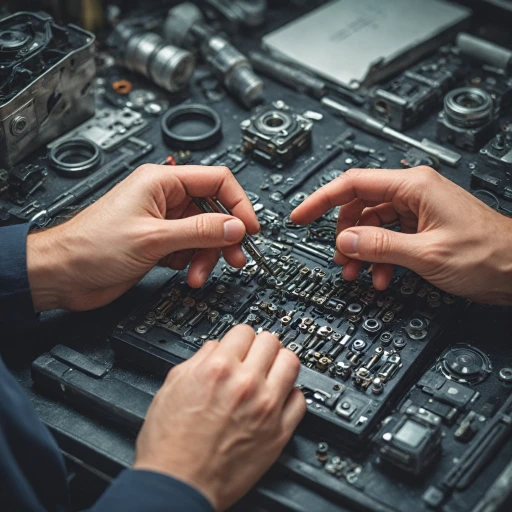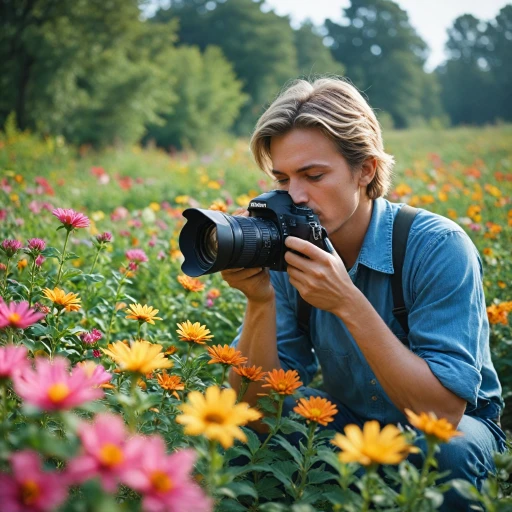
Understanding the concept of mounting Olympus
Exploring the World of Olympus Camera Mounts
When you hear the phrase "mounting Olympus," it might conjure images of adventure, ancient Greece, or even a summit trail in a national park. In digital photography, however, it refers to the process of attaching lenses to Olympus camera bodies using specific mounts. Olympus, a renowned name in the camera industry, has developed several mount systems over the years, each designed to optimize image quality and versatility for photographers.
The concept of a camera mount is fundamental. It determines which lenses you can use, how securely they attach, and even what kind of creative techniques are possible. Olympus offers both legacy and modern mounts, making it possible to explore everything from classic manual focus lenses to the latest digital options. This flexibility is especially appealing for those who want to experiment with different styles, such as illustrated scenes or hand-illustrated visual storytelling, often found in fantasy furry or linear visual novel genres.
Whether you're capturing the serene view of a lake, the vibrant life in a park, or the dramatic heights of Mount Olympus in the United States, understanding your mount options is key. Olympus systems are known for their reliability and adaptability, supporting a range of lenses that can help you meet goddesses in your creative journey or embark on a greece adventure, both in real life and through visual content.
- Legacy and Modern Mounts: Olympus has produced several mounts, including the OM mount for film cameras and the Micro Four Thirds mount for digital systems. Each has its own compatibility and adapting options, which will be discussed further.
- Creative Possibilities: The right mount opens up opportunities for illustrated, lovingly hand-crafted images, whether you're working on a visual novel set in ancient Greece or capturing real-world landscapes.
- Platform Flexibility: Olympus cameras and mounts are compatible with various platforms, including Windows, Linux, and Android, making it easy to download and view your images across devices.
For those seeking to enhance their photography experience, the choice of mount is just the beginning. Accessories like a Leica camera strap can add comfort and style to your setup, especially during long shoots on the trail or at the summit. As you continue your journey, you'll discover how the right combination of mount, lens, and accessories can elevate your content, whether you're sharing images for free download or creating a star visual novel experience.
Choosing the right Olympus mount for your camera
Finding the Best Olympus Mount for Your Needs
When exploring the world of Olympus digital cameras, one of the first steps is understanding which mount system suits your photography goals. Olympus has developed several mount types over the years, each designed for different camera bodies and creative ambitions. Selecting the right mount is essential for compatibility, image quality, and future lens options.
- Micro Four Thirds (MFT): This is the most popular Olympus mount today, widely used in their digital camera lineup. MFT offers a balance between compact size and impressive image quality, making it a favorite for travel, adventure, and even illustrated scenes inspired by ancient Greece or fantasy furry visual novels.
- Four Thirds: An older mount system, still valued by some photographers for its robust lens selection. While not as compact as MFT, it remains relevant for those who already own Four Thirds lenses or want to explore hand-illustrated content and lovingly hand-crafted images.
- OM Mount: A legacy mount from Olympus’s film era. Adapters are available for those who wish to use vintage lenses on modern digital bodies, offering a unique look for creative projects set in ancient or fantasy settings.
Consider where you’ll be shooting—whether it’s a summit trail in a national park, a serene lake view, or a bustling city in the United States. The right mount can enhance your experience, especially if you want to download free content, reply to game challenges, or share images from your adventure meet. For those interested in exploring unique camera experiences, check out this comprehensive guide to the Fuji Klasse for comparison.
Olympus mounts are compatible with various operating systems, including Linux, Android, and Windows. This flexibility is ideal for photographers who want to edit and share images across different platforms, whether you’re working in English or other languages. As you continue your journey, keep in mind the importance of lens compatibility and adapting options, which will be covered in the next section.
Lens compatibility and adapting options
Exploring Lens Compatibility and Adaptation with Olympus Mounts
When considering Olympus camera systems, understanding lens compatibility is crucial for achieving the best results. Olympus has developed several mount types over the years, including the classic OM mount for film cameras and the more recent Micro Four Thirds (MFT) mount for digital models. Each mount type opens up different possibilities for photographers, whether you are capturing images of a serene lake, a bustling park, or the summit of Mount Olympus itself.- Micro Four Thirds (MFT): This is the current standard for Olympus digital cameras. It offers a wide selection of native lenses, from ultra-wide to telephoto, making it suitable for everything from landscape to wildlife photography.
- OM Mount: Originally designed for Olympus film cameras, OM lenses can be adapted for use on digital bodies. This is especially interesting for those who appreciate the look of hand-illustrated, lovingly hand-crafted optics from the past.
Techniques for maximizing image quality with Olympus systems
Optimizing Sharpness and Clarity
Getting the best image quality from your Olympus mount system starts with careful setup. Always ensure your lens and mount are clean and free of dust. Even small particles can impact sharpness, especially when shooting detailed scenes like a lake at sunrise or a summit view in a national park. Use a microfiber cloth and a blower to keep your gear spotless.
Leveraging Camera Settings for Peak Performance
Olympus cameras offer a range of settings to help you maximize image quality. Adjust the ISO to the lowest setting that still allows for proper exposure—this reduces noise and keeps images crisp. For landscape photography, such as capturing the trails of Mount Olympus in the United States, use a tripod and set a low shutter speed for sharp, richly detailed images. When shooting hand-illustrated or lovingly hand-crafted scenes, pay attention to white balance and color profiles to retain the natural look of your content.
Choosing the Right Lens for the Scene
Lens selection is crucial. Wide-angle lenses are ideal for capturing the vastness of a park or the drama of a star-filled sky. For portrait or fantasy furry visual novel scenes, a prime lens with a wide aperture can create beautiful background blur, making your subject stand out. Olympus offers a variety of lenses compatible with their mounts, so match your lens to your creative vision—whether you’re after the ancient Greece adventure vibe or a modern illustrated scene.
Advanced Techniques for Creative Results
- Use focus stacking for macro images—this is especially effective for close-ups of hand-illustrated details or small objects found on a trail.
- Experiment with bracketing to capture high dynamic range, especially in challenging lighting like a summit at sunset or a park at dawn.
- Try the in-camera art filters for unique effects, which can add a fantasy or linear visual novel style to your images.
Post-Processing for Professional Results
After capturing your images, use editing software compatible with Windows, Linux, or Android to fine-tune exposure, contrast, and color. Olympus RAW files give you flexibility to adjust details without losing quality. Download free tools or invest in professional software for the best results. Remember, subtle adjustments often yield the most natural and engaging images, whether your content is destined for a blog, a game, or an illustrated adventure set in ancient Greece.
Common challenges when mounting Olympus and how to overcome them
Addressing Autofocus and Compatibility Issues
Mounting Olympus lenses on various camera bodies, especially when exploring options beyond native Olympus systems, can sometimes lead to autofocus inconsistencies. Users may notice slower or less accurate focusing, particularly with older lenses or when using adapters. To minimize these issues, always ensure your camera firmware is up to date and use high-quality adapters designed specifically for Olympus mounts. Testing your setup in different lighting conditions before a major shoot can help you anticipate and address potential problems.Dealing with Vignetting and Image Quality Loss
Vignetting—darkening of the image corners—can occur when mounting Olympus lenses on bodies with different sensor sizes. This is especially noticeable if you’re adapting lenses originally designed for Micro Four Thirds to full-frame sensors. To reduce vignetting:- Use lenses matched to your sensor size when possible
- Crop images in post-processing if needed
- Stop down the aperture slightly to improve edge performance
Managing Manual Controls and Settings
When using non-native Olympus lenses or adapting vintage glass, you may lose electronic communication between the lens and camera. This means manual focusing and aperture control become necessary. While this can be challenging for fast-paced photography like sports or wildlife, it’s an opportunity to slow down and be more intentional with your shots—ideal for landscape or creative projects set in locations like a lake, park, or along a summit trail. Practicing manual focus and exposure settings will help you get the most from your Olympus mounting experience.Overcoming Physical Mounting Difficulties
Physical mounting challenges, such as tight or loose fits, can arise when using third-party adapters or mixing systems. Always check for secure attachment before shooting to avoid accidental drops. If you encounter resistance, do not force the mount—inspect for debris or alignment issues. Using adapters from reputable brands is key to protecting both your camera and lens investment.Staying Informed and Connected
The digital camera community is a valuable resource for troubleshooting and creative inspiration. Online forums, content platforms, and review sites offer advice on mounting Olympus systems, adapting lenses, and maximizing image quality. Whether you’re shooting a fantasy furry visual novel set in ancient Greece or capturing illustrated scenes of the United States, sharing your experiences and learning from others can help you overcome technical challenges and elevate your photography journey.- Download free guides and manuals for your Olympus mount and lenses
- View illustrated tutorials for hand-illustrated techniques
- Explore links to adventure meetups and photography trails in your area
Real-world applications and creative inspiration
Creative Journeys with Olympus Mounts
Mounting Olympus lenses opens up a world of creative possibilities for photographers and visual storytellers. Whether you are capturing the serene view of a lake at sunrise, documenting the vibrant life in a park, or exploring the rugged summit of Mount Olympus in the United States, the right mount and lens combination can make all the difference. Olympus systems are renowned for their adaptability, making them a favorite for those who enjoy both landscape and adventure photography.
From Ancient Greece to Modern Visual Novels
The Olympus name carries a legacy that stretches from ancient Greece to today’s digital photography. For creators working on illustrated scenes or visual novels—especially those set in fantasy furry worlds or ancient settings—the ability to mount Olympus lenses on various camera bodies is invaluable. Hand-illustrated content benefits from the sharpness and color accuracy that Olympus optics provide, helping bring lovingly hand-crafted stories to life. This is especially true for projects that require high-quality images for download, whether for free or as part of a commercial game or adventure meet experience.
Real-World Applications and Inspiration
- Nature and Landscape: The flexibility of Olympus mounts makes them ideal for capturing the diverse landscapes of the United States, from the summit of Mount Olympus to scenic trails and lakes.
- Creative Projects: Photographers working on linear visual novels or illustrated scenes can rely on Olympus systems for consistent, high-quality images, whether the content is for Linux, Android, or Windows platforms.
- Event and Adventure Photography: Olympus mounts are robust enough for outdoor adventures, making them suitable for documenting everything from park events to fantasy furry gatherings.
Community and Resources
Many photographers share their experiences and images online, offering inspiration and practical advice. Forums and content hubs provide links to free resources, tips on mounting Olympus lenses, and discussions about adapting to different camera systems. Engaging with these communities can help you overcome challenges and discover new ways to use your Olympus mount, whether you are a beginner or an experienced photographer.

